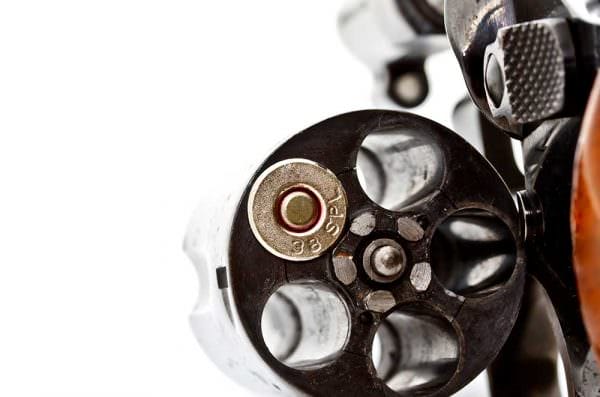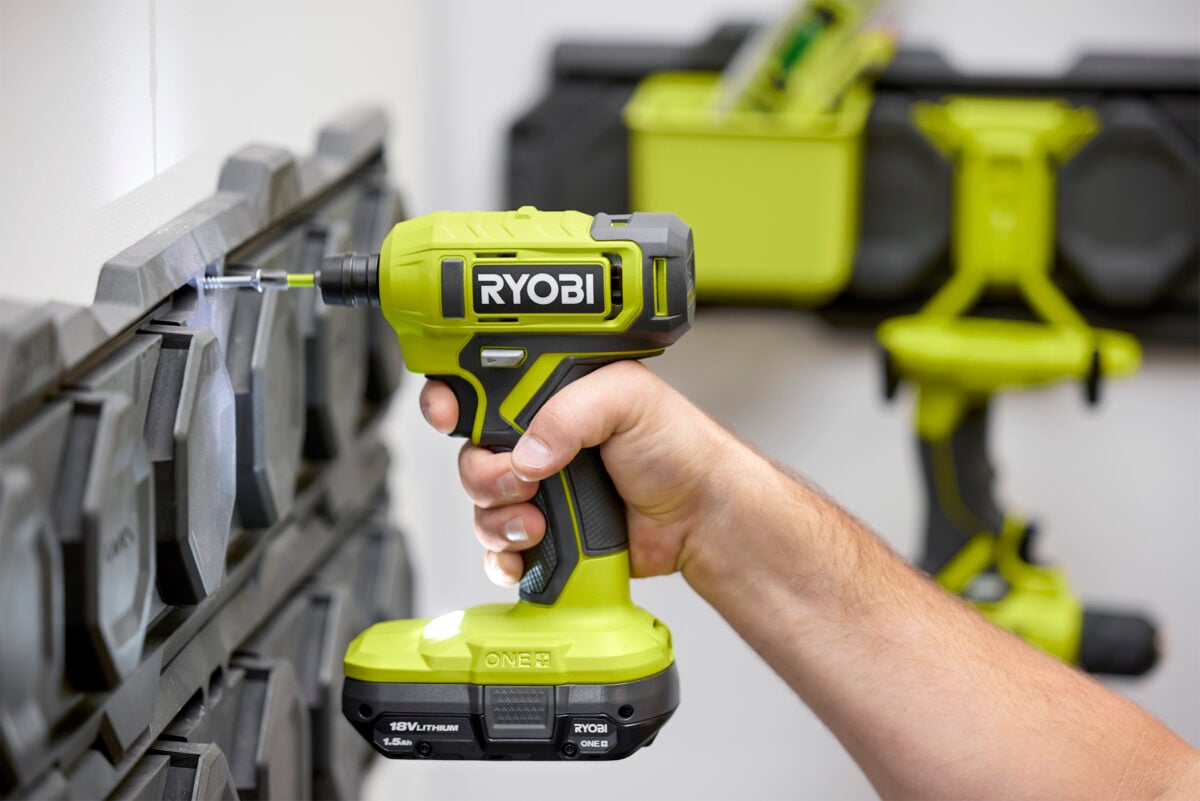By John Farnam

“Bullet-jump” with light-weight revolvers, particularly those chambered for 9mm:
During a Defensive Handgun Course, a student brought a Ruger five-shot revolver, chambered in 9mm.
During an exercise, shooting factory 115gr hardball from a well-known and reputable manufacturer, a bullet jumped forward far enough to protrude from the face of the cylinder and thus prevent the cylinder from rotating normally. In fact, the bullet jumped forward far enough to physically separate from the case. This not only precluded the revolver from continuing to fire, but it also made it impossible to swing out the cylinder, so the revolver could now not be reloaded!
Tilting the revolver upward allowed the errant bullet to fall back far enough so that we could swing out the cylinder. After thus fixing the problem, discarding the entire offending cartridge, and then reloading, the same thing happened a second time a few minutes later!
To be fair, this student fired a number of rounds normally before this started happening, but her faith in her revolver was still irreparably damaged.
Back in February of 2012, I did a Quip on this very issue:
“When the revolver fires, remaining cartridges in the cylinder (yet to be fired) are subjected to significant G-forces as the pistol recoils. Sometimes, it is enough to persuade a yet-unfired bullet to migrate forward far enough to protrude from the front of the cylinder, preventing the cylinder from rotating normally, and thus preventing the revolver from firing.
Ammunition manufacturers have been familiar with this issue for a long time, and thus typically put a heavy crimp into 38Spl and 357Mg cartridges as part of the manufacturing process. That crimp usually suffices to mitigate the bullet-jump issue, even in small revolvers.
However, with the advent of small, light revolvers chambered for 9mm, the problem is, once again, rearing its ugly head, as most 9mm ammunition necessarily does not come with any kind of bullet-holding crimp.
In fact, on many boxes of currently-produced, high-performance 9mm ammunition, manufacturers have printed the warning, “NOT FOR USE IN REVOLVERS,” because they calculate bullet-jump will be a problem in some guns.”
This is the reason revolvers chambered for 9mm, although otherwise well-made and perfectly functional, do not enjoy a place on my “Recommended [Arms] List.” Some ammunition is better than others, but all 9mm rounds share this same issue, even expensive high-performance brands. The 9×19 cartridge was designed to function in autoloading pistols, not revolvers!
I’m still a fan of snubby revolvers and own several, but my recommendation, when you share my enthusiasm for them, is to stick with 38Spl. The bullet-jump issue still exists, to be sure, but to a much lesser degree, particularly when you’re shooting high-performance ammunition, like Cor-Bon’s 110 gr DPX or Speer Gold-Dot. Manufacturers ensure that these bullets are adequately crimped-in and are thus unlikely to migrate.
/John
Live Inventory Price Checker
About John Farnam & Defense Training International, Inc
As a defensive weapons and tactics instructor John Farnam will urge you, based on your own beliefs, to make up your mind in advance as to what you would do when faced with an imminent and unlawful lethal threat. You should, of course, also decide what preparations you should make in advance, if any. Defense Training International wants to make sure that their students fully understand the physical, legal, psychological, and societal consequences of their actions or inactions.
It is our duty to make you aware of certain unpleasant physical realities intrinsic to the Planet Earth. Mr Farnam is happy to be your counselor and advisor. Visit: www.defense-training.com





